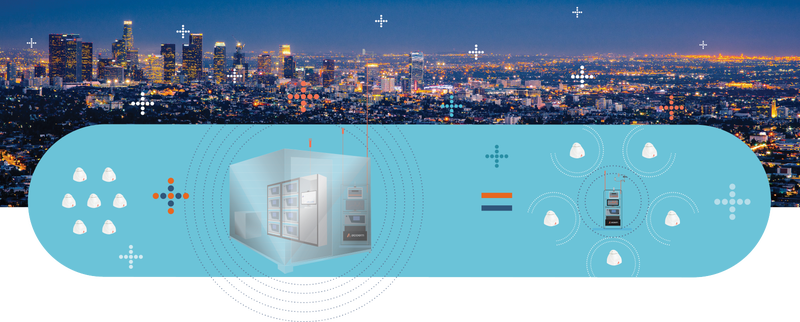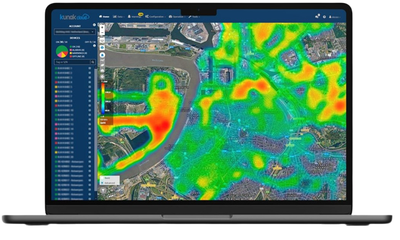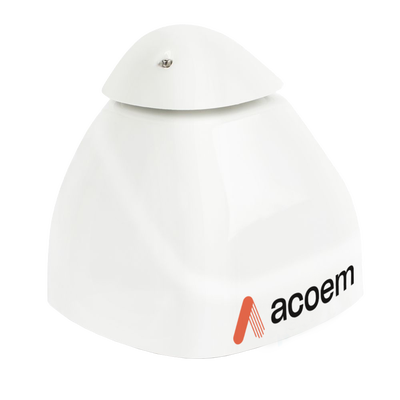Transforming Urban Living through Sustainability and Innovation
Cities worldwide are undergoing a remarkable transformation into smart cities, integrating technology and sustainability to enhance the quality of life for residents and foster harmonious community living. Through collaborative efforts between the government and citizens, these innovative urban spaces have become hubs of positive change.
A fundamental aspect of smart city solutions is the establishment of a clean and green environment. As our way of life advances, human activities have led to significant environmental degradation. This has created an urgent need to monitor and control human-induced pollution. Air quality monitoring stations within smart city solutions play a pivotal role in identifying and evaluating overall air quality exposure in urban areas, addressing this pressing environmental concern. By leveraging technology and sustainable practices, smart cities are paving the way for a more sustainable and prosperous future.


Understanding Hotspot-Driven Air Quality Monitoring
Traditional air quality monitoring stations provide valuable data on pollution levels, but they often lack spatial granularity. Sensor-based air quality monitoring networks, on the other hand, allows the detection of the main air pollution sources within a city that experience high levels of pollution, commonly known as hotspots. These hotspots are often associated with industrial zones, traffic-congested areas, or specific pollution sources. By strategically placing sensors in these hotspots, cities can obtain localized and real-time data, enabling targeted interventions and better decision-making.

Improving Public Health
By implementing hotspot-driven air quality monitoring systems, smart cities can actively monitor pollution levels in areas where the population is most vulnerable. This data can then be utilized to create awareness campaigns, implement health advisories, and develop proactive measures to mitigate the health risks associated with poor air quality. Prompt actions based on accurate and localized data can help reduce the impact on public health and improve overall well-being.

Enhancing Environmental Protection
Hotspot-driven air quality monitoring systems play a vital role in identifying pollution sources and monitoring their emissions. By pinpointing areas with high pollution levels, cities can implement targeted measures to reduce emissions, such as optimizing traffic management, regulating industrial activities, or promoting cleaner energy sources. This proactive approach to environmental protection helps in curbing pollution at its source and working towards a sustainable and greener future.

Uncovering the Sources of Pollution: The Role of Hyperlocal Air Quality Monitoring
The key to achieving this lies in data. Strategically installing real-time Air Quality Monitoring Systems enables the gathering of hyperlocal environmental data and consequently the identification of hotspots, offering valuable insights. This data empowers us to create high-resolution real-time pollution heatmaps, providing a clearer understanding of the intensity and scale of air pollution in specific areas.

Kunak Sensors: Advancing Smart City Air Quality Monitoring
By leveraging the integration of advanced technology, such as Kunak, the most accurate multi-pollutant sensor in the market, backed by Acoem Continuous Ambient Air Quality Monitoring Systems (CAAQMS) reference stations, we can elevate hotspot-driven smart city air quality monitoring to new heights. CAAQMS reference stations are renowned for their accuracy, reliability, and adherence to international standards, making them an essential component of an integrated air quality monitoring solution. This integration creates a win-win situation by combining the localized data collection capabilities of Kunak sensors with the comprehensive and validated data from CAAQMS reference stations.
The Win-Win Situation: Integrated Solutions for Smarter Cities
The integration of Kunak sensors with Acoem CAAQMS reference stations presents a win-win situation for smart cities. On one hand, Kunak sensors provide reliable hyperlocal data, enabling city officials and decision-makers to identify pollution hotspots and implement targeted interventions. On the other hand, CAAQMS reference stations offer accurate and standardized data, ensuring the reliability of the overall air quality monitoring system. This integrated approach combines the strengths of both systems, creating a comprehensive solution for smarter cities.

A Brighter Future for Smart City Air Quality Monitoring
The journey towards smart cities and effective air quality monitoring is ongoing, powered by innovation and collaboration. By leveraging cutting-edge technology and comprehensive data, integrated solutions like the combination of Kunak sensors and Acoem CAAQMS reference stations pave the way for a brighter future. With these advancements, we can empower public health, protect the environment, and strive for sustainable and livable cities.
Connect with Acoem
Contact us to learn more about our air quality monitoring solutions.









